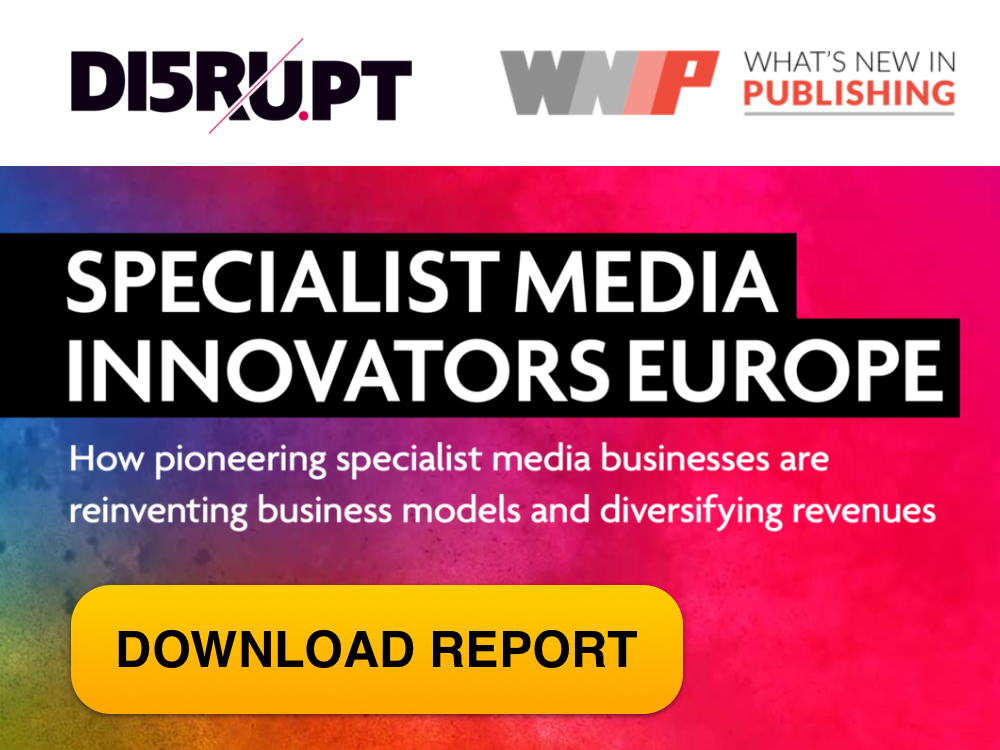|
Getting your Trinity Audio player ready...
|
Back in February, I wrote an article asking whether it was “time for every publisher to ‘pivot to podcasts.’” The headline was a tongue in cheek reference to the industry-wide pivot to video that, for the most part, met with disastrous results, but I wanted to take seriously the notion that podcasting could serve as a life raft for publishers that were struggling under the harsh economics of internet publishing.
In the piece, I certainly made the case that publishers should consider dipping their toes into podcasting, but I also acknowledged that the immediate monetary benefits were limited. After all, digital display advertising generates over $129 billion a year, whereas in 2018 podcasting in the U.S. didn’t even reach half a billion dollars in revenue. While some publishers by that point had grown their podcasts into significant businesses — Slate and The Ringer come to mind — there just wasn’t enough money in the space to impact most media companies’ bottom lines.
But a lot happens in five months, especially when an industry sees the kind of rapid growth that podcasting is currently experiencing. Anecdotally, I’ve spoken to several publishers who, a year ago, would have considered their podcasts to be little more than side hobbies, but over the last few months they’ve been pleasantly surprised by the return on investment they’re seeing — enough to justify plunging even more money into their podcast operations.
In fact, I think the podcast industry has reached a maturation point, one that should lure in any publishers that have thus far resisted the urge to launch their own on-demand audio programming. From both an audience and revenue perspective, we’re about to see tremendous growth, and it’s still possible for publishers to get in on the ground floor before the medium achieves liftoff.
Where will this growth come from? Well, for one, the podcast advertising landscape has evolved in such a way that will allow it to scale at a much more rapid pace. For most of podcasting’s existence, the industry has relied predominantly on direct response advertising. Because of limits in attribution and measurement, direct response ads — the kind that often include offer codes and are meant to spur immediate purchase of a product or service — allowed companies to get a sense as to whether their investment in a particular podcast resulted in actual sales.
But while plenty of podcasts were able to build healthy businesses around direct response advertising, the market size for that kind of sponsorship was relatively small. For podcasting revenue to grow more substantially, it needed to attract the much larger budgets allocated toward brand advertising — the fast food and car commercials that are commonly found on TV and radio.
And here’s the thing: podcasters are finally making some headway in luring brand marketers. Between 2017 and 2018, brand advertising jumped from 25 percent of all podcast ads to 38 percent, and this year it’ll likely overtake direct response advertising. Megaphone, one of the largest ad-delivery platforms, told Digiday that the majority of its ad inventory in 2019 has been dedicated to brand advertising — a first for the company.
Some news publishers have even argued that they’re in a unique position to sell brand ads because of their already-existing relationships. Vox Media president Marty Moe recently told me that, because Vox is regularly selling display ads to brand advertisers, it’s much easier to bring them into the podcast fold. “We already have those relationships and we have the ability at scale to make podcasting a very integral part of the solutions and packages we’re selling,” he said.
Brand advertisers were also reluctant to invest in podcasting because of how difficult it was to achieve mass reach across shows. For the first decade of podcasting’s existence, most ads were read by hosts, and a podcast’s back catalog was inaccessible to new advertisers. Even with the help of ad networks, the process of purchasing ads across hundreds of shows and checking that they actually appeared on individual episodes was extremely tedious. But now, dynamically-inserted ads — which allow brands to buy huge swaths of inventory during set periods of time — are on the rise, with one recent report placing them at 48.8 of all podcast ads. It’s now easier for brands to secure the kind of scale and reach on podcasts that can be found on TV and major web platforms.
Of course, selling advertising is only one of many ways publishers are benefiting from podcasts. John Yedinak, the co-founder of a B2B company called the Aging Media Network, told me that, in addition to selling ads on his company’s podcasts, his editorial staff is able to mine the podcast interviews for additional article content. Many publishers are sending their podcasters on live tours, collecting revenue via ticket sales. Others have seen success leveraging their podcast audiences to drive digital paid subscriptions. Some have even launched divisions focused on selling podcast IP to film and streaming companies.
Unlike video, which requires expensive investment in production, podcasting has an extremely low barrier to entry, so there’s less risk for publishers who choose to experiment in the medium. As Tom Standage, head of digital strategy and deputy editor at The Economist, put it to Digiday, “I am not saying that people should do podcasts instead of videos, I just think there is a viable ad model for podcasts, and I’m not convinced there is one for ad-based videos.” Given this, I think there’s little downside for any publisher that wants to at least experiment with the format. With the downward pressure on display ad rates, revenue diversification is a must.
In my interview with Vox’s Marty Moe, he used the analogy of an airplane to describe his company’s investment in podcasts. “A year ago we were essentially a one-engine airplane in terms of our revenue mix,” he said. “Digital advertising was the vast majority of our revenue. Entering into this year, we’re a four-engine aircraft, and we’ve done the hard work of figuring out the strategies behind podcasting, television, and platform licensing, and now it’s a question of building out the infrastructure, scaling those businesses, and growing them as fast as we can.”
Given the current landscape in digital publishing, with the large platforms siphoning off an increasingly large share of both traffic and advertising, every publisher should be constructing a four-engine airplane, and I think podcasting could serve as one of those engines.
Simon Owens is a tech and media journalist living in Washington, DC. Follow him on Twitter, Facebook, or LinkedIn. Email him at simonowens@gmail.com. For a full bio, go here.



